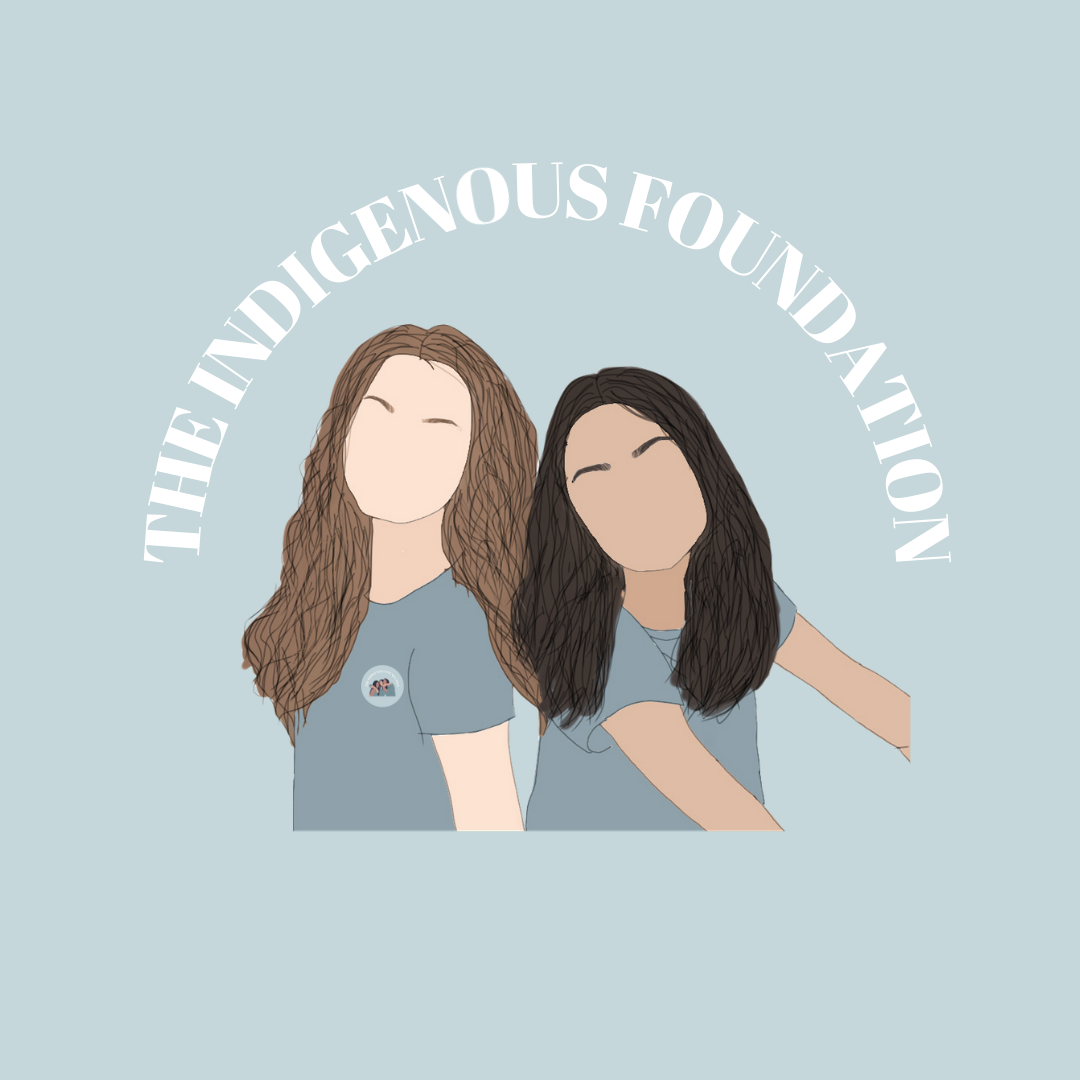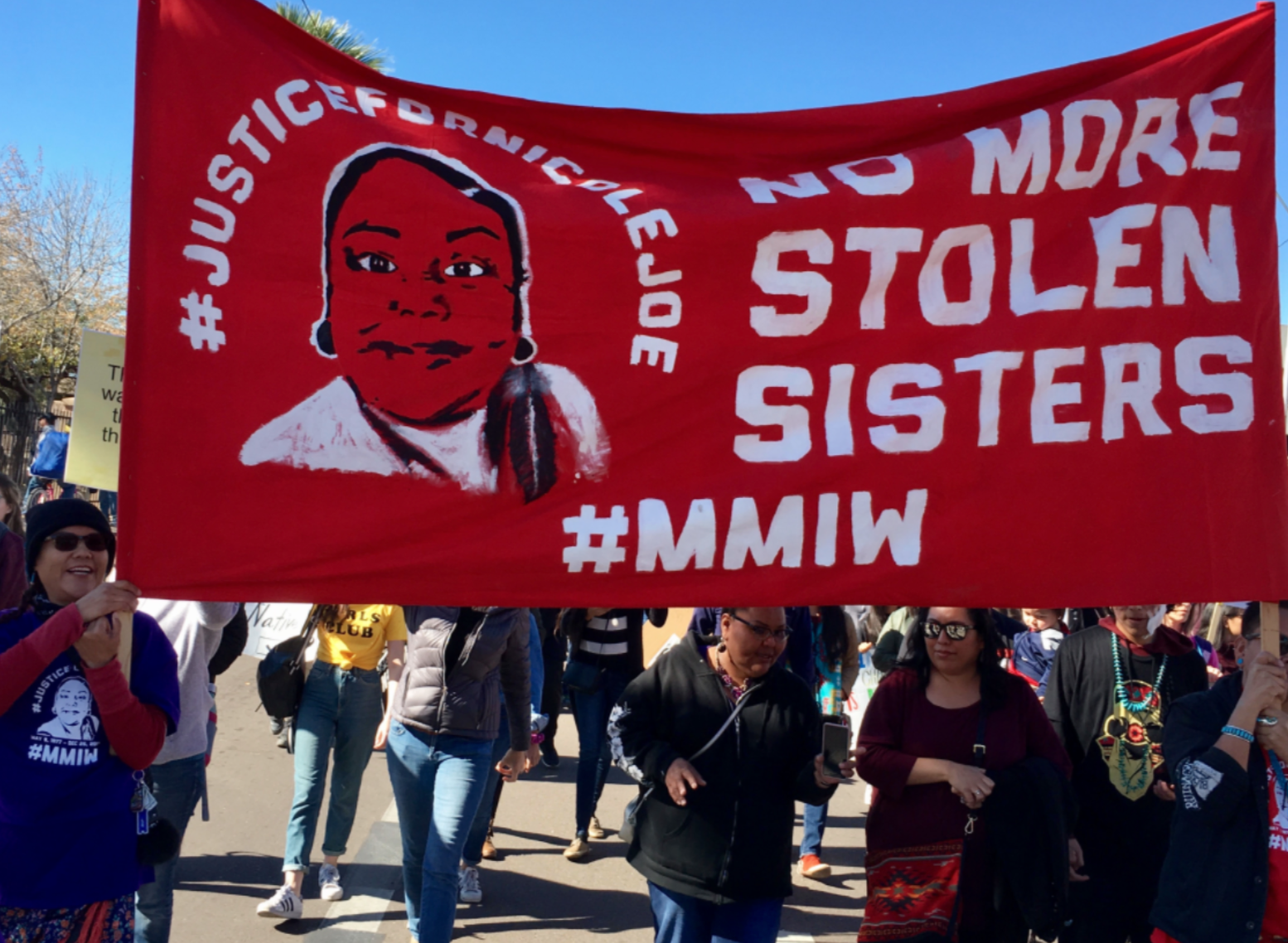Police brutality against Indigenous women in Canada
What is the issue of police brutality against Indigenous women in Canada?
There have been countless cases of Indigenous women in Canada who experienced police brutality or were sexually assaulted while in police custody. Human Rights Watch interviewed 64 Indigenous women in Canada, who accounted police neglect in cases of domestic violence, inappropriate and invasive body and strip searches, sexual harassment, and physical assault. However, when these women report cases of assault, they are often mocked and the perpetrator is almost never found guilty. In Val d’Or Que, for example, dozens of Indigenous women filed complaints of sexual and physical assault by police officers. However, out of 54 reported complaints only one police officer was criminally charged as guilty. Although Indigenous women only make up 4% of the female population in Canada, they are severely overrepresented in the justice system, making up around 45% of jails for women. Indigenous women account for 16% of female homicide victims in Canada. Wendy Nahanee on CBC News said, “As a person of colour, you are a target ... everyone else is told to go to the police, they are here to protect you, but it's the exact opposite for Indigenous people."
Impact of police brutality on Indigenous women
Sara from Human Rights Watch described her fear for the Canadian police as, “It’s scary being me. They [the police] could make me disappear if they wanted to.” Countless Indigenous women have been physically and sexually assaulted by police officers, causing detrimental physical and mental impacts on them and their communities. Human Rights Watch reported 2 women who were assaulted by police. Alice described her assault as “resulting in stitches, nerve damage, and severe anxiety.” Linda reported a police officer in 2014 twisted her arm so aggressively, “she could no longer bend it, comb her hair, or put on a bra.” Human Rights Watch also reported that Indigenous women who suffered from trauma such as sexual assault often resorted to drug and alcohol dependence.
When police are abusive, Farida Deif, Canada director at Human Rights Watch said, "it's not just that it has consequences on that individual woman – but it has consequences on an entire community of people." Police brutality against Indigenous women further fuels mistrust between Indigenous communities and Canadian police forces. The effects of police brutality extend further beyond physical and mental effects. “Police abuse undermines Indigenous women’s safety far beyond the direct physical and psychological consequences of any one particular incident,” Deif said. “It breeds a culture of silence that can be life-threatening for victims of violence.” The crisis of Missing and Murdered Indigenous women in Canada means that police should be looking out for Indigenous women across Canada and be aware of their well being, needs, and sensitivity. “Instead, in some cases, it is the police themselves who are making Indigenous women feel unsafe.”
Causes of police brutality against Indigenous women- A systemic problem
The Canadian Justice System is designed to ensure that everyone receives justice. Despite the numerous cases of police brutality against Indigenous women, in most cases these police officers have gone free of charge and were not punished for their crimes. This injustice is rooted in the Canadian Justice System itself. It is a symbol of the structural and colonial racism that after decades, still exists in Canadian society. Despite the fact it is now 2020, there is still systemic racism against Indigenous women. For years, Indigenous women have been regarded as inferior to white men, especially due to the fact they are women. Indigenous children were forced to ‘assimilate’ into the general population through residential schools, and were not given proper rights and freedoms. This injustice is reflected through the justice system, whether through cases of police committing assault on Indigenous women, or the lack of justice for Indigenous women in the Canadian Justice System. Many Indigenous women interviewed believed that the police brutality they experienced was due to “ongoing racial bias against the Indigenous community.”
Another cause of police brutality against Indigenous women is due to rising tensions and distrust between police and Indigenous communities. There has been mistrust between Indigenous peoples and white police for a long time. The Canadian police are meant to protect people. However, they did nothing but stand by as thousands of Indigenous children were forced into residential schools. He [Chris Pallan] recalled a community elder calling police “the people that take our children away. People don’t forget that,” he said. As well as this, police distrust has only been fueled with cases of police failures. An example of this is the death of Chantel Moore, an Indigenous woman in New Brunswick who was shot and killed by a police officer on June 4, 2020 during a ‘wellness check.’ The racist culture and aggressive nature of many police officers toward Indigenous women still exists and is increasingly prevalent. “When you put that [police] uniform on, it represents a lot of things that First Nations peoples don’t agree with” (Chris Pallan, former Indigenous RCMP officer).

